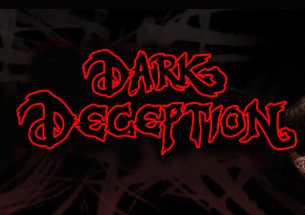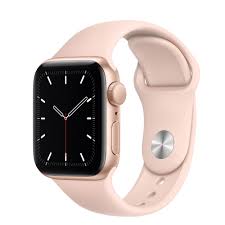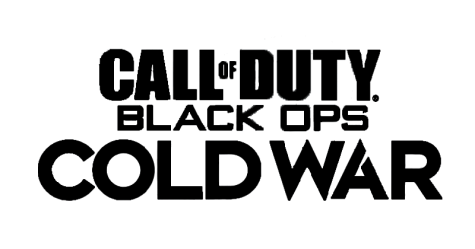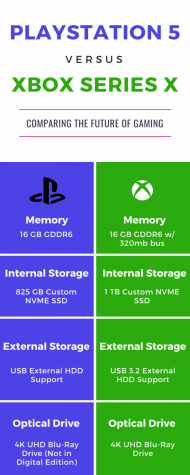CES showcases the future of tech
February 13, 2014
Every year at the Consumer Electronics Show (CES), companies of all back- grounds flock to Las Vegas to show off this year’s tech. And 2014 didn’t disappoint.
Oculus Rift: Crystal Cove
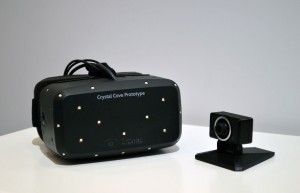
The Oculus Rift virtual reality gaming headset took CES by storm last year. Now it’s new and improved. Among the new features are a higher 1080p resolution, a fix to the motion blur issue and the introduction of motion-capture technology. The Crystal Cove is covered in LEDs that emit at a spectrum invisible to the naked eye. The LEDs output is picked up by a camera, that in turn aids in more accurately mapping the motion of the user. But this is still a prototype, so there are a few issues with it. Since the 3D effect is created by using two 960×1080 resolution screens, the pixel structure is rather visible. The goal is to get a resolution of 4k or even higher by official release, none the less this is a good next step in the development process.
Project Christine
Probably the most interesting computer design to date, Project Christine is gaming accessory company Razer’s push into the desktop PC market. Although it’s just a non-functioning mock up of an unproven concept, if it is made into a reality it could dramatically change PC gaming. The idea is simple, modular computing. That being, all the parts that make up the computer: processor, random access memory (RAM), hard drive, etc., are in their own modules. These modules attach to a central, mineral oil cooled tower which makes up the computer.
Upgrading parts would be as simple as disconnecting the old module, connecting the new and turning on the computer. No tearing apart your computer just to upgrade the processor. And put aside the technical aspects, it looks amazing. It looks like it was directly copied out of science fiction novel. Since it’s only a non-functioning prototype, there is no official release date or price, nor confirmation if the modular technology would be open source or proprietary to Razer.
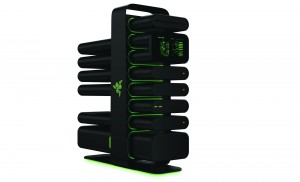
PlayStation Now
Did a lack of backwards compatibility on the PlayStation 4 (PS4) disappoint you? Formerly known as Galikai, PlayStation Now is a cloud drive service that holds your old PS3 and PS2 games to be able to play them on your PS4, PS1 game compatibility is currently unknown. Sounds great, but there are a few issues. It being a cloud drive, you have no physical copy of the game, so you need to have a constant connection to the internet to play your older games. Another possible problem is that there could be latency issues, the servers that hold the game files could slow down or even fail from overuse. But being able to play preserve the games of previous generations is great, and a welcome addition to the PS4.
Mophie Space Pack
For those who have to constantly delete pictures or music off their phone because the phone’s memory keeps filling up, this is the perfect accessory. The space pack is an iPhone 5 and 5s case that functions as an external memory source, which is great since iPhones don’t have any card slots. It functions as a battery pack as well, being able to fully recharge your phone once. There are two versions, a 16 gigabyte (GB) and a 32 GB. They’re set to come out later this year prices start at $150 for the 16GB and $180 for the 32GB.
Croncycle
With the sheer amount of people, businesses, and organizations on social media, you’re probably not going to want to read every notification that appears. Croncycle is the perfect fix. Croncycle is a application for iOS, Android and even PCs that serve as a filter for your social media content. For example, if you don’t want any spoilers of your favorite TV show no problem, just filter out any content related to that show. Simple as that but it even gets better. It also lets you categorize posts and set priority. Anything sports related gets set into a section, movies have a folder, it goes on and on. You can even set priority for your content so if you want to follow the development of a movie being made, you can set priority and any content related to it will be put at the top of your feed. Croncycle makes it easy to manage and stay up to date with your notifications.
Samsung U9500
This year has been the takeover of the Ultra High Definition (UHD) 4k resolution, the highest television screen resolution to date. And one of the leaders of this takeover charge is Samsung. They debuted three new new 4k televisions, the most interesting of which is the U9500, more commonly know as the TV that bends. Yes, a bendable tv screen. Some of you may be thinking its just a little gimmicky and not a big selling point and you would be right if this were a small TV. But since the U9500 boasts a 105 inch diagonal screen and a 21:9 aspect ratio, the curvature becomes more useful, making the screen easier to see. There is currently no price set but there are a whole slue of 4k televisions at CES 2014, varying in size and price.
Sony 4k Ultra Short Throw Projector
Projectors provide an immensely larger screen size than any home television on the market but they come with their own problems. Such as having to mount it to the ceiling and finding the right distance for the optimum screen size and quality, overall not very home friendly. Sony has solved all of those problems, it’s as simple as placing it against the wall. It looks like a really short white coffee table perfect for that modern look. Then it opens up for the projector lamp and poof, 146 inch diagonal screen at 4k resolution. Since it is such a massive screen size, you can actually see the full prowess of 4k resolution, which isn’t nearly as obvious on smaller TV screens. Its coming out this summer but it’s going to be costly. Prices range from $30,000-$40,000, which is out of most peoples price range. But if the idea of a short throw projector excites you and you can’t afford Sony’s, other companies like LG and Philips are making similar, non-4k, short throw projectors for $9,000 and $2,000 respectively.











